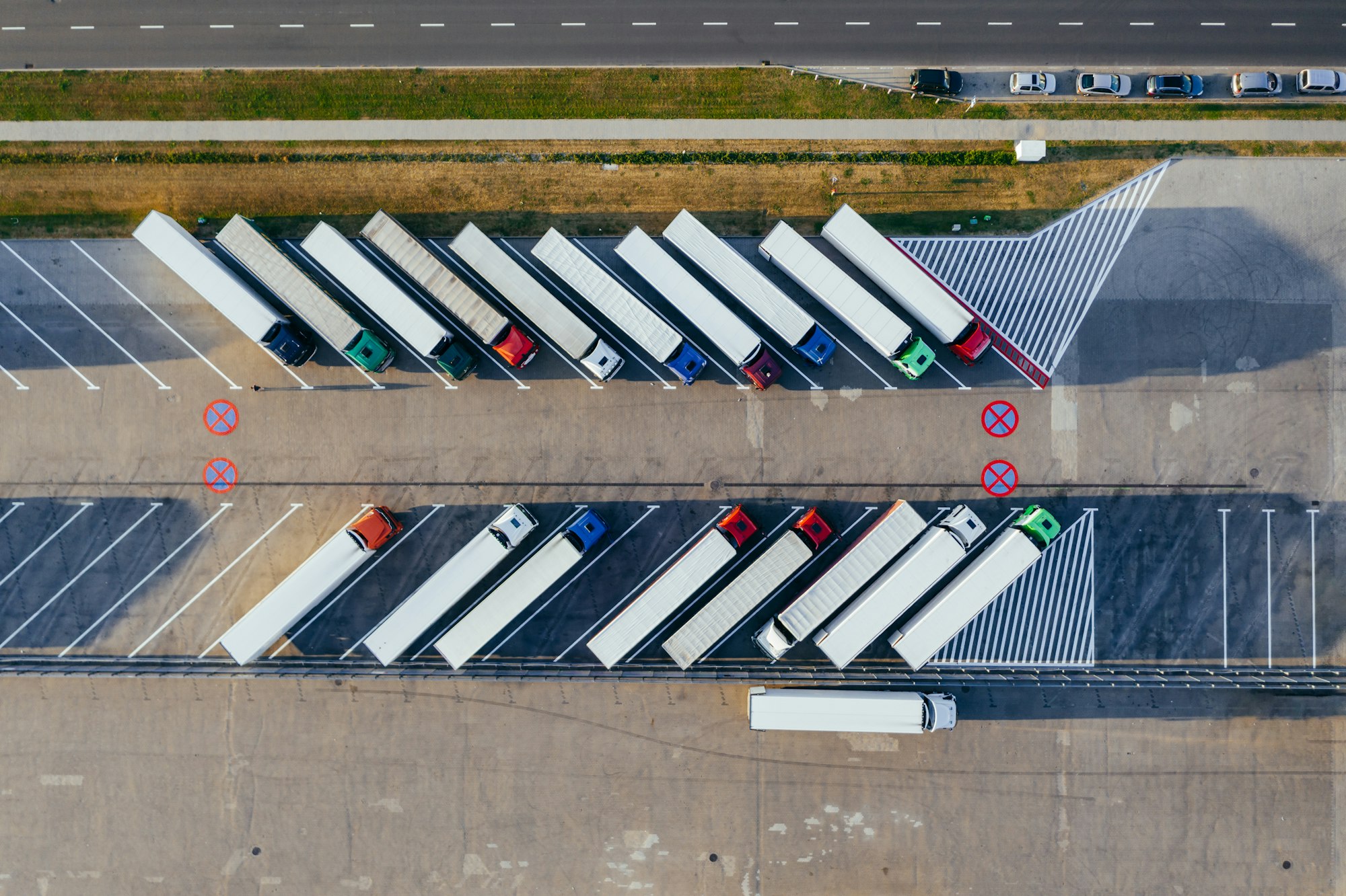Clothing makers find it hard to break with China's supply chain

Apparel and footwear companies have been relocating their supply chains out of China due to geopolitical tensions and lower manufacturing costs. However, as global economic uncertainties and weakened consumer demand take hold, many are realizing the challenges of finding alternative production hubs. Some companies are even returning to China, citing its mature ecosystem, competitive pricing, stable quality, and mass production capacity. Shifting to other countries does not significantly reduce reliance on China, as many still rely on Chinese materials. Language barriers, culture shocks, and inexperienced workers are additional obstacles in Southeast Asia.
Source: Link
Frequently Asked Questions
Why do clothing makers find it hard to break with China's supply chain?
There are several reasons why clothing makers find it difficult to break away from China's supply chain:
- China has a well-established infrastructure and expertise in manufacturing textiles and clothing.
- China offers lower production costs compared to other countries.
- Shifting supply chains involves significant financial investments and logistical challenges.
- The dependence on China's supply chain is deeply ingrained in the industry.
- Alternative sourcing options may not provide the same level of quality and efficiency.
What efforts are being made to address forced labor and supply chain risks in China?
Efforts are being made to address forced labor and supply chain risks related to China, particularly in the Xinjiang region:
- The Uyghur Forced Labor Prevention Act (UFLPA) is a relevant piece of legislation that aims to prevent the importation of goods produced with forced labor, specifically from Xinjiang.
- The U.S. Customs and Border Protection (CBP) enforces the UFLPA and provides FAQs related to its enforcement on their website.
How can global supply chains be improved?
Improving global supply chains, including reducing reliance on China's supply chain for clothing production, can be achieved through various means:
- Implementing diversification strategies by sourcing materials and manufacturing from multiple countries to reduce dependencies.
- Increasing transparency and traceability throughout the supply chain to identify and address potential risks.
- Collaborating with industry partners, governments, and organizations to develop and implement responsible sourcing initiatives.
What challenges and difficulties do clothing makers face in breaking away from China's supply chain?
Clothing makers face several challenges and difficulties when attempting to break away from China's supply chain:
- High costs associated with shifting production to alternative countries.
- Complex logistical considerations due to existing relationships and infrastructure in China.
- Ensuring the same level of quality and efficiency from alternative sourcing options.
- Reduced access to specialized manufacturing capabilities available in China.
- Re-establishing supplier networks and navigating unfamiliar regulatory frameworks.
Please conduct further research to explore government websites, industry publications, and reports for more comprehensive information specific to FAQs and answers related to clothing makers' challenges in breaking away from China's supply chain.
Sources:

